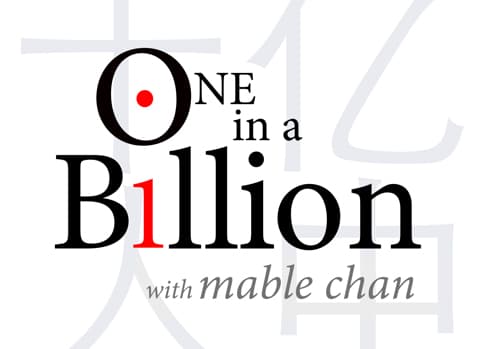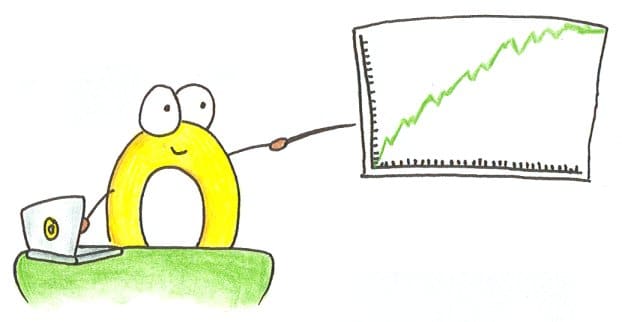I wonder if each country has its own Powerpoint recipe. In America, I thought I had all the ingredients of a good presentation figured out – throw in some pictures, a few animations, and definitely only a pinch of text. But I’ve learned that in China, Powerpoints – or as they’re always called here, “PPTs” – are made a little differently.Last week I presented at a conference, using a PPT, of course. PPTs are now expected in China for teaching and presentations at every level, from academic conferences to rural elementary schools. They tend to be less image- and anecdote-based than Powerpoints in the US. In many of the classes I’ve taken here I’ve discovered it is OK to read off slides with huge, mind-numbing blocks of text for the majority of a presentation.
But as much as I know that it fits the rhetoric here better, I couldn’t bring myself to insert the dreaded text blocks into my PPT. I peppered it with images and animations, thinking that this would surely make the PPT more interesting. But before the conference, when I gave my presentation to my Chinese friends to proofread, they were perplexed by the number of pictures I had. You definitely need more blocks of text, they told me.
At the conference, I think I finally realized why text is preferred here. As I presented, I noticed that each time I clicked to a new slide, many audience members rose and took pictures of the slide. It was like watching spectators doing the Wave in a baseball stadium. Click. Ripples of people standing, snapping a photo, and sitting.
It occurred to me that in the bottleneck that is Chinese academia, where information-sharing is not a priority and resources are very difficult to access, conference PPTs are an important source of information for gleaning experts’ opinions. Conference-goers may never be able to access university libraries, but they can learn from the presenters, meticulously taking a photo of each slide and thus preserving a trove of information. And naturally, a block of text is much more useful than a picture to someone trying to remember what Professor so-and-so said.
I’m certainly no expert, and I question the value of taking pictures of my humble slides – but, I may be on to something with my highly academic PPT Theory.
我在想是不是每个国家都有自己的投影片配方.在美国时,我以为我知道全部好的投影片要有的东西-一些照片,一些动画,和一点点的文字.但是我在中国学到,投影片-或像他们说的“ppt”- 制作方式不太一样.
上个礼拜我在一个会议上用ppt报告. 从学术会议到乡村小学, PPT 现在在中国无论是那一等级的报告或教学都是必备的. 这些PPT比美国的PPT少一些图片和故事. 我在这边上课注意到投影片的大部分是可以有多到令人麻痹的文字的.
虽然我知道这样的方法比较符合这边,我还是无法放那么多文字到我的投影片内. 我用图片和动画装饰我的PPT, 以为我的PPT一定会很有趣. 但是在会议之前, 我把投影片给我中国朋友阅读, 他们对我照片的数量感到非常迷惑. 他们告诉我我一定需要更多文字.
会议中, 我想我终于了解为什么文字比较被注重. 当我报告的时候, 我注意到每一次我跳到我下一张投影片时, 很多听众会站起来开始拍投影片. 这很像看着棒球赛的观众做波浪舞一样. 按下一张投影片. 人相连一一地起立, 拍照, 最后坐下.
我意識到中國學術界的瓶頸. 資料共享不是他們的優先考量而且資源也是很難獲取的, 因此會議當中的ppt是得到專家意見很好的來源. 參加這些會議的人可能永遠都沒辦法進入大學圖書館內, 但是他們能從報告人身上學到東西. 他們會小心翼翼地把每張投影片照下來然後保存這些資料成為他們的資料庫. 自然的, 對於那些努力想記得某某教授說過的話的聽眾, 文字塊比照片更有幫助.
我肯定不是专家, 而且我质疑别人拍我ppt照片的价值- 但是我觉得我高学术性的ppt理论或许是正确的.


